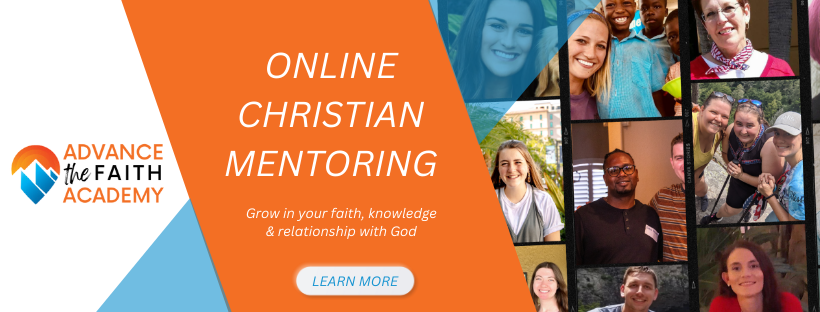Have you ever wondered why some of the most profound teachings of Jesus were wrapped in stories about farmers, seeds, sheep, and hidden treasures? It might seem curious that the Son of God, who had the power to heal the sick and calm storms, often chose to communicate deep spiritual truths through simple, everyday stories. So, let’s dive into the question: Why did Jesus speak in parables?
Before we answer that question, it’s important to understand: What is a parable? A parable is a short, illustrative story that teaches a moral or spiritual lesson. It uses familiar situations or characters to explain unfamiliar or deeper truths. Unlike straightforward teaching, a parable invites the listener to think, reflect, and seek understanding.
Jesus wasn’t the first person to use parables. In Jewish culture, rabbis and teachers often used stories to explain Scripture. But Jesus elevated the art of storytelling. His parables weren’t just moral tales—they revealed the mysteries of the Kingdom of God.
This might sound contradictory, but it’s one of the most fascinating aspects of Jesus' teaching style. In Matthew 13:10-11, the disciples asked Jesus why He spoke to the people in parables. He replied, “Because the knowledge of the secrets of the kingdom of heaven has been given to you, but not to them.”
In other words, parables were a way of revealing truth to those who were spiritually open—those who were hungry to understand, like the disciples. At the same time, they concealed truth from those who were spiritually resistant, who had hardened hearts or refused to believe.
Jesus wasn’t trying to confuse people for the sake of confusion. Rather, He respected human choice. Those who truly wanted to understand His message would seek it out, ask questions, and draw closer. Those who didn’t, wouldn’t.
Jesus could have spoken in theological terms that only scholars understood, but instead, He met people where they were. Parables used everyday imagery—like a woman baking bread, a man sowing seeds, or a shepherd searching for a lost sheep. These were scenes the average person in first-century Palestine could easily imagine.
In this way, parables engaged both the mind and the heart. They sparked curiosity, invited reflection, and often lingered in people’s thoughts long after they heard them. A good parable was not easily forgotten—and that was the point.

Parables often flipped expectations. The hero of the story might be the least likely person (think of the Good Samaritan), or the ending might be uncomfortable (like the parable of the unforgiving servant). Jesus used this method to challenge the status quo, expose hypocrisy, and confront self-righteousness.
The parables weren't just cozy bedtime stories; they were spiritual tools meant to pierce the heart and provoke a response. They demanded listeners to reflect: Where do I see myself in this story? What is God trying to show me?
Another reason Jesus spoke in parables was to fulfill Old Testament prophecy. Psalm 78:2 says, “I will open my mouth in parables, I will utter hidden things, things from of old.” Matthew 13:34-35 confirms that Jesus’ use of parables was a direct fulfillment of this prophetic word.
His storytelling was intentional, prophetic, and part of God’s divine plan.
One of the recurring phrases Jesus used after telling a parable was: “Whoever has ears, let them hear.” This was His way of saying, “Pay attention. There’s more here than meets the eye.”
Jesus didn’t just want to inform people; He wanted to transform them. And transformation doesn’t come from information alone—it comes from revelation. That’s the beauty of parables. They invite us to dig deeper, to seek God earnestly, and to receive truth with humility. So, the next time you read one of Jesus’ stories, don’t rush through it. Pause. Reflect. Ask God to open your ears and heart. Because within those simple, powerful stories lie eternal truths waiting to be discovered.
Want to go deeper? Join our free course,
“How to Read the Bible.” Whether you’re just starting out or looking to refresh your understanding, this course will give you practical tools to read Scripture with clarity and confidence. One of the sessions specifically explores parables—why Jesus used them and how we can apply them to our lives today.


